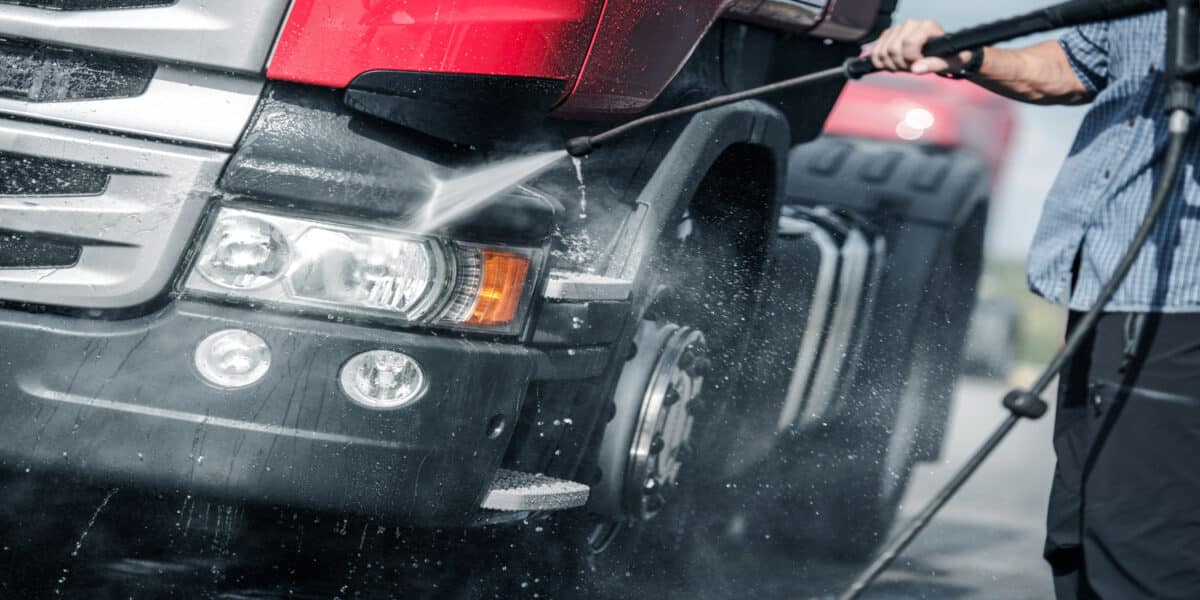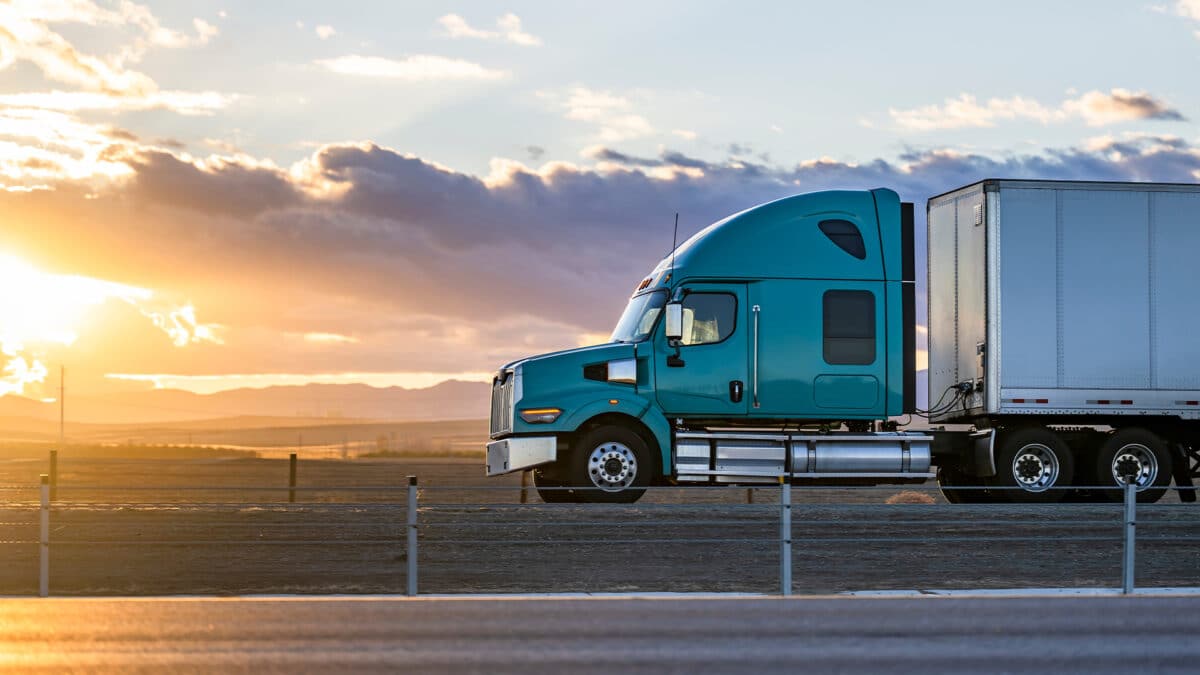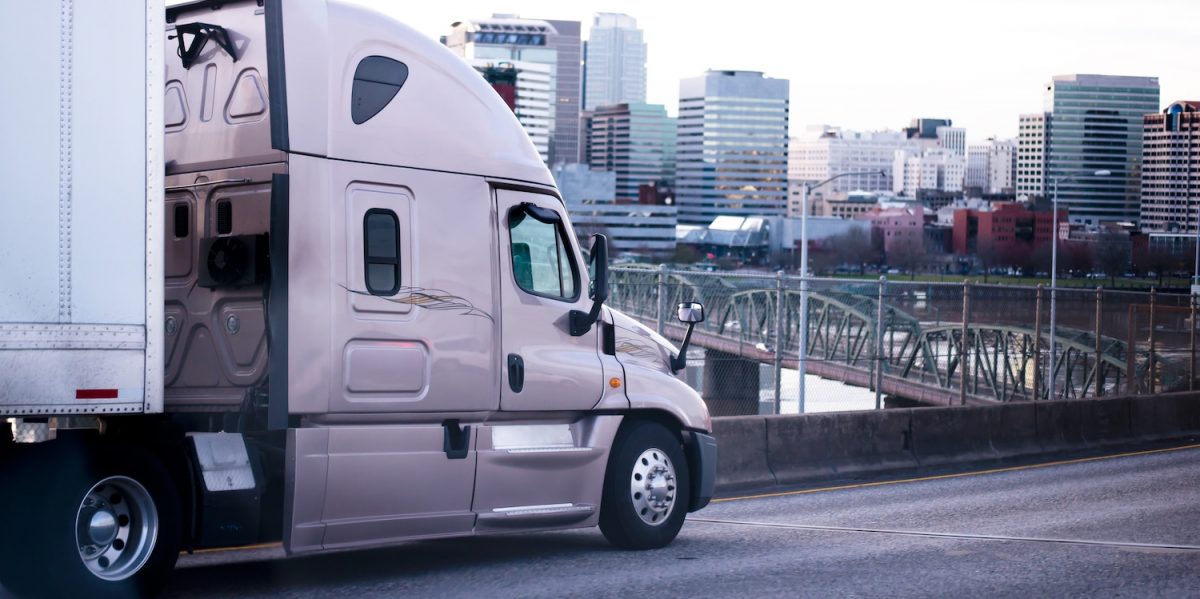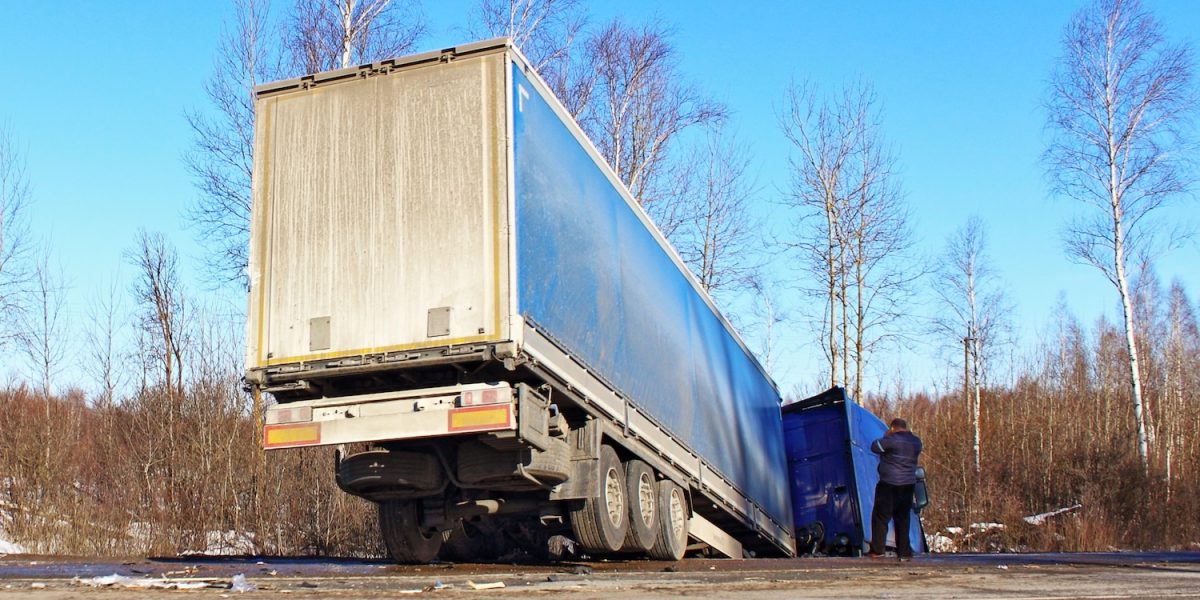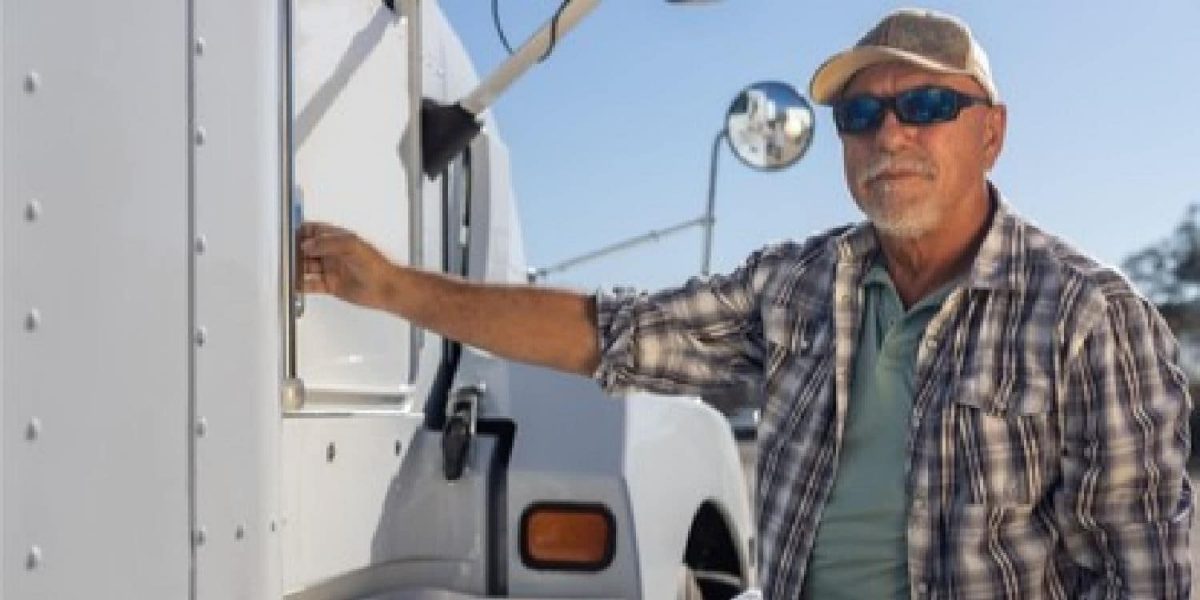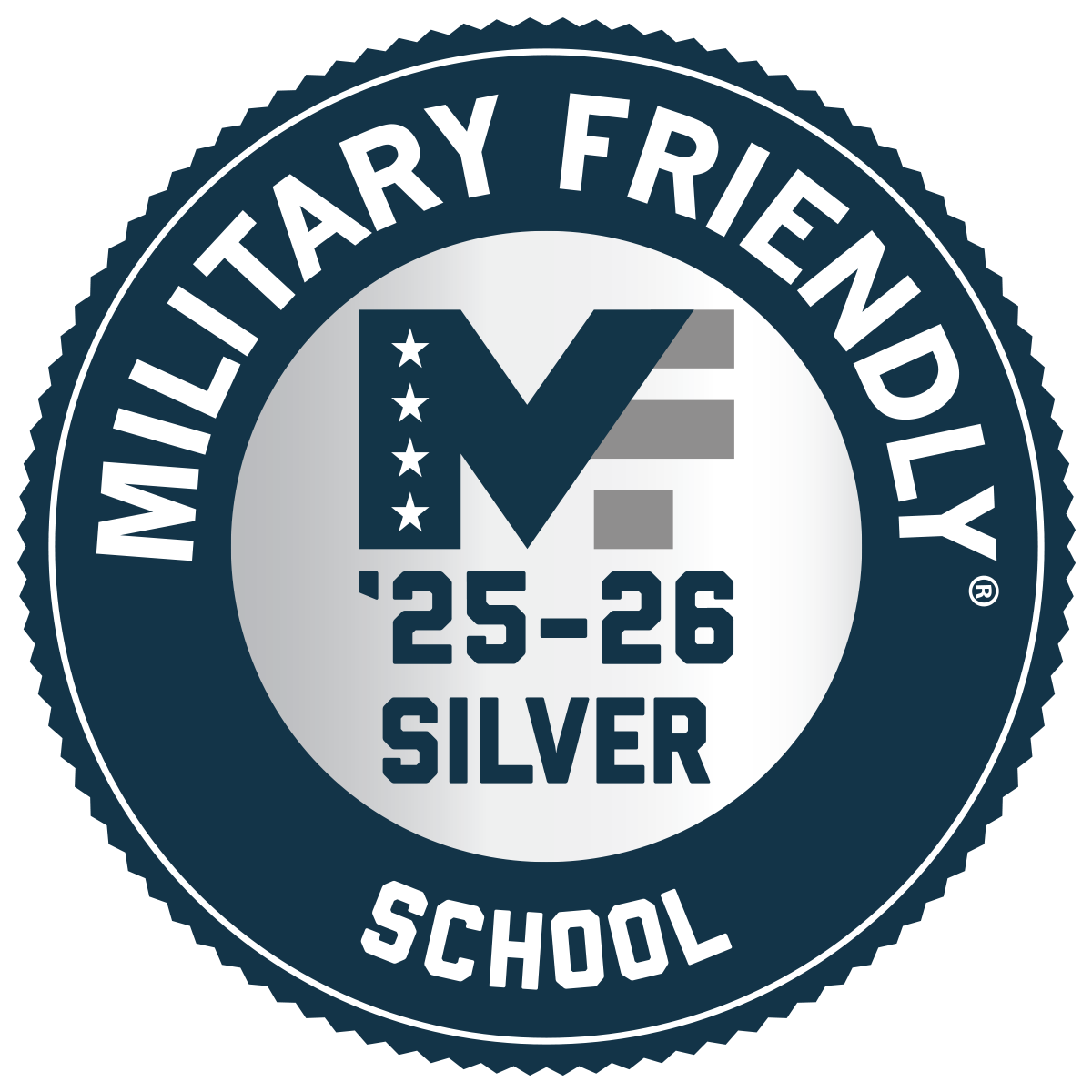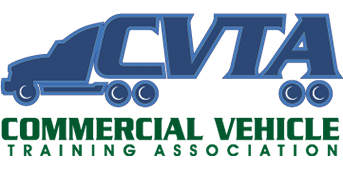When you’re out on the open road, driving a big, powerful semi-truck, it’s essential to keep your rig clean and in tip-top shape. A clean semi-truck not only looks good but also helps maintain its performance and longevity. In this blog post, we’ll explore some simple tips and tricks to help you keep your semi-truck clean and shining.
Follow these ten steps for a clean semi-truck:
-
Gather Your Cleaning Supplies
Before you start cleaning your truck, make sure you have all the necessary cleaning supplies.
Here’s a list of things you’ll need:
- Soap designed for vehicles
- A hose or pressure washer
- A bucket
- Soft brushes or sponges
- Microfiber towels or soft cloth
- Glass cleaner
- Wheel cleaner
- Tire brush
Having the right tools on hand will make the cleaning process much easier.
-
Start With a Thorough Rinse
Begin cleaning by rinsing your semi-truck with water. A hose or pressure washer is excellent for this job. It helps remove loose dirt and debris from the surface, making the cleaning process more efficient.
-
Use the Right Soap
Choose a soap specifically designed for washing vehicles. Regular dish soap or harsh chemicals can damage your truck’s paint and finish. Mix the soap in a bucket with water according to the instructions on the product label.
-
Wash From Top to Bottom
When washing your semi-truck, start at the top and work your way down. This way, you’ll avoid dragging dirt and contaminants from the lower parts of your truck onto the clean upper surfaces. Use a soft brush or sponge to gently scrub the surface, and don’t forget the wheels and tires.
-
Rinse Thoroughly
After you’ve washed your semi-truck, rinse it thoroughly with clean water to remove all soap residue. Make sure there are no soap streaks left on the paint or windows.
-
Dry It Off
Use microfiber towels or a soft cloth to dry your semi-truck completely. Drying prevents water spots and streaks from forming on the surface.
-
Clean the Windows and Mirrors
Clean, clear windows and mirrors are essential for safe driving. Use a good glass cleaner and a lint-free cloth to clean them thoroughly.
-
Don’t Forget the Interior
A clean semi-truck isn’t just about the outside. Keeping the interior tidy is equally important. Vacuum the floors and seats regularly, and wipe down surfaces with a suitable cleaner. A clean cab is a more pleasant and comfortable place to work.
-
Regular Maintenance
In addition to regular cleaning, don’t forget about routine maintenance. Check your semi-truck for any signs of damage or wear and tear. Keep up with oil changes, tire rotations, and other maintenance tasks to ensure your rig runs smoothly and safely.
-
Pride in Your Ride
Finally, take pride in your semi-truck. A clean and well-maintained truck reflects positively on you as a driver and helps maintain its resale value.
Elevate Your Trucking Career at Yuma Truck Driving School
In our exploration of clean semi-trucks, we’ve emphasized the importance of vehicle care. At Yuma Truck Driving School, we understand this and teach you how to drive and maintain a truck like a pro. Join us to elevate your trucking career. Your future as a professional truck driver starts here!

